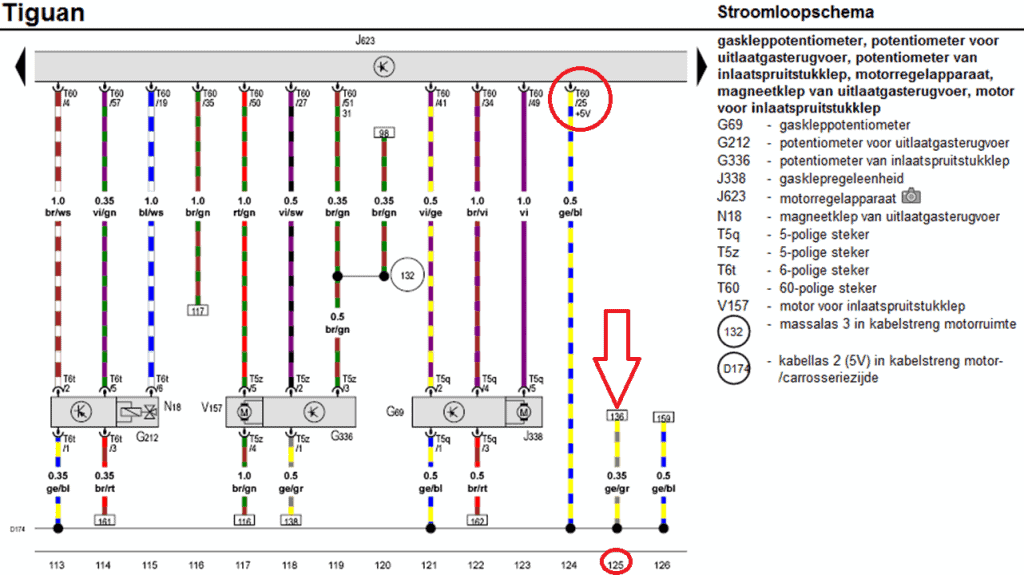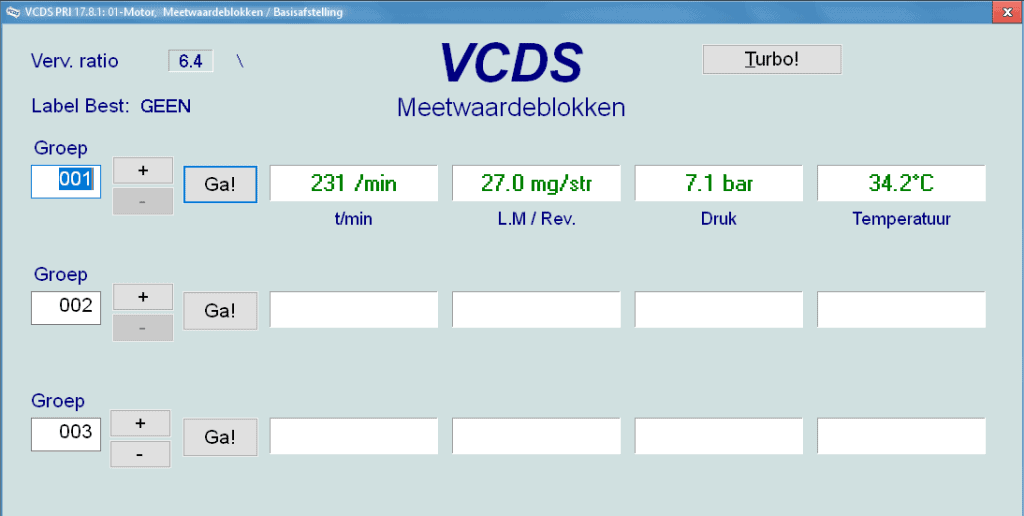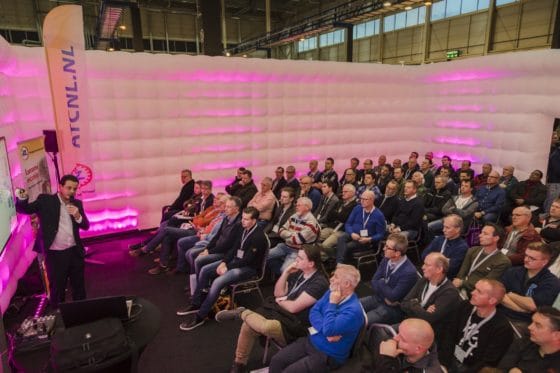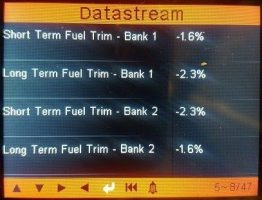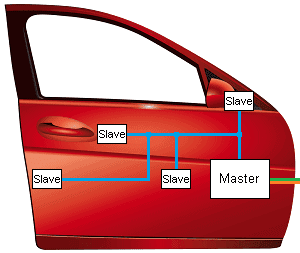Getting in touch with the specialists in automotive technology, learning and transferring knowledge. That is the goal for me, Marco van Wijk, the owner and author of the website you are now on, to increasingly seek out cooperation with the AMT. Over the past two years I have written several articles for the so-called “Back to Basics” section. Because the topics are related to the diagnosis and repair work in daily practice, the request was made to provide an explanation of the B2B sections at the AMT-live. As a speaker, I held several knowledge sessions in the midst of a large audience.
The overview below shows the published back-to-basic articles and the knowledge sessions I provided for the AMT live.
AMT July – August 2020: measuring with sensors (part 2):
While part 1 of “measuring with sensors” was focused on theoretical knowledge, part 2 is about practical applicability in the workplace. With knowledge about the sensor operation, several examples with possible malfunctions and measurement techniques to make a good diagnosis, theory and practice come together well in these two articles.
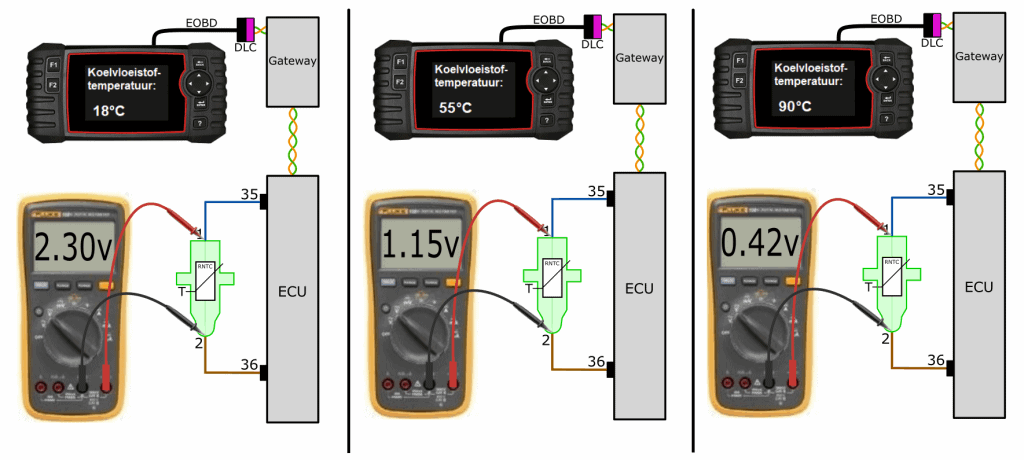
AMT June 2020: measuring with sensors:
Faults in the sensor wiring can lead to interesting readings that can lead to confusion. This was evident from the reactions I received at my knowledge session at the AMT-live 2020. That requires an extra explanation! That is why I have written a two-part article on sensors: the functioning of the sensors (Edition: July 2020) and the signal transmission and processing (Edition: August / September 2020).
AMT prof – AMT live 2020: reading a schematic, know what you are measuring!
Schematic reading articles are highly desirable. This has become apparent from previous editions written by other teachers in the B2B section, and from the recent article on PWM control. It is my job to give an interesting and practically applicable lecture about schematic reading. No tough, abstract teaching material, but a recognizable case, in which reading, schematic reading and measuring with sensors were central.
AMT May 2019: diagnosis gives (fuel) food for thought:
Reading diagrams and measuring with the oscilloscope is one of the skills that a diagnostic technician must master. This article described a deviation in a PWM control of a solenoid valve. The scope image showed a contact resistance in the PWM signal. How the contact resistance could be determined, and why no induction voltage of the coil was visible, was described in detail by means of a number of partial diagrams and a component overview in the ECU.
AMT pro – AMT live 2019: fuel trims help with diagnosis
In a knowledge session at the AMT live in January 2019 I explained the article. The knowledge session was attended by a large audience. In the three sessions (one per evening), the parameters were discussed using the TunerStudio program to show which factors determine the basic injection quantity in reality. Subsequently, the fuel trims were discussed: these form a correction factor on the standard value from the characteristics, including factors that are influenced by driving conditions. The fuel trims can be used to see whether there is a fuel or air surplus (or shortage), resulting in malfunctions or reduced engine performance.
AMT September 2018: fuel trims help with diagnosis:
On the AMT garage forum, the trims are often asked in the event of malfunctions: a positive or negative fuel trim indicates whether there is an air / or fuel shortage or surplus. The values in the fuel trims can give direction to the diagnosis. In the article we discuss the way in which the amount of injected fuel is determined, and how the fuel trims serve as a correction factor.
AMT January 2018: LIN bus troubleshooting:
The first article I was allowed to write for the Back-to-basics section in the AMT. The reason for writing this article is quite comical: in Electude I came across several images that came from my website. My fear was that it was the start of a copy-and-paste business. Fortunately, it turned out to be a mistake and this has been resolved. Through the employee of Electude I ended up at the COM Foundation, which had been providing articles in the Back-to-basics section in the AMT trade journal for quite some time. So I was asked to write a first article about a recognizable technique, going into the technical operation, with the point of view of the practical applicability of the diagnosis. On this I wrote the article in which LIN bus communication is central. The LIN bus control of the wiper motor, as well as the conventional voltage-controlled wiper motor was discussed.


